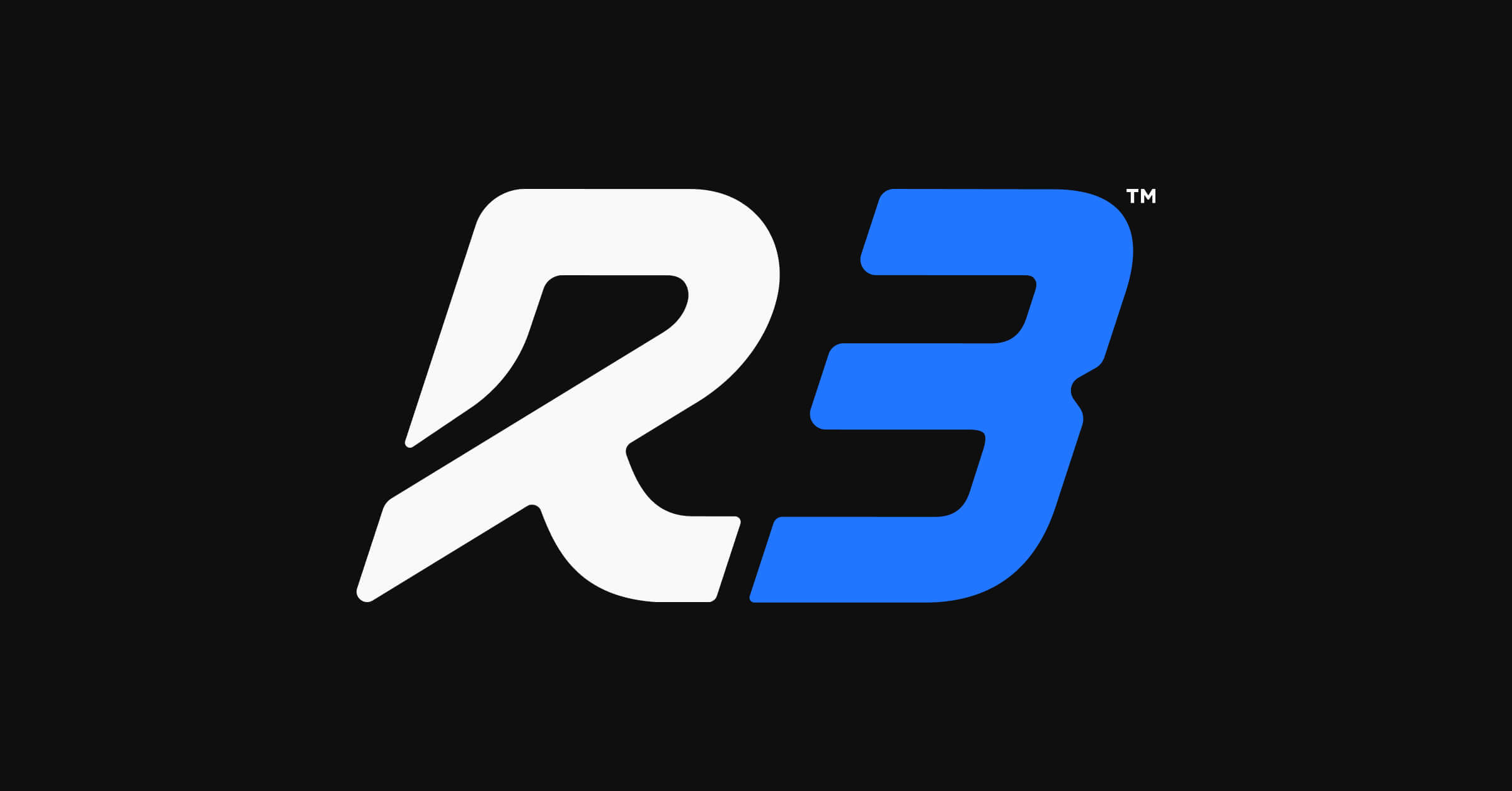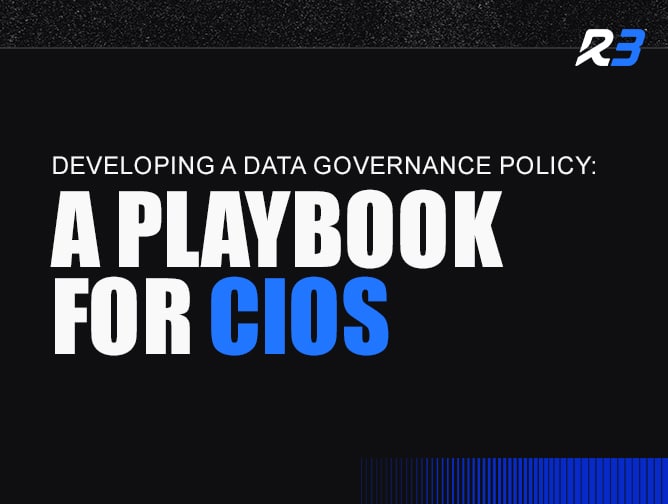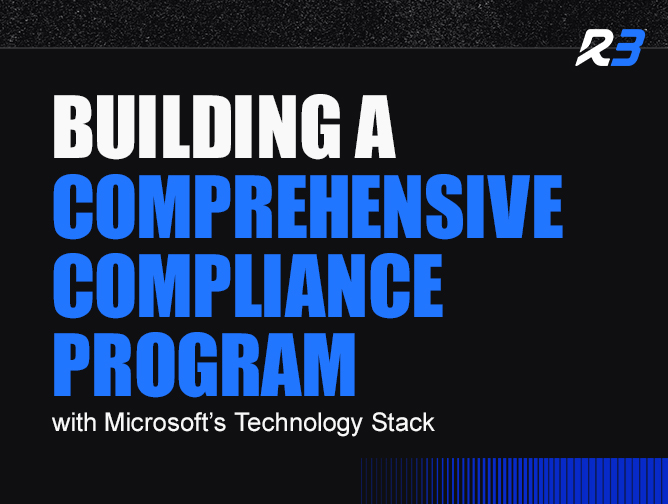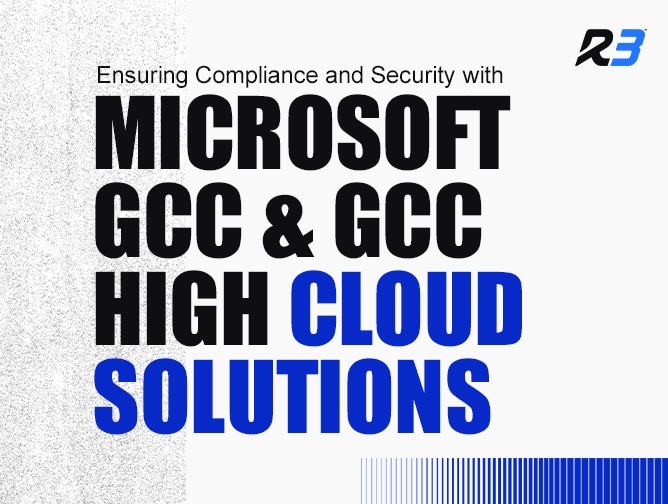Understanding SOC 2 Type 2 Controls: Safeguarding Data in the Digital Age
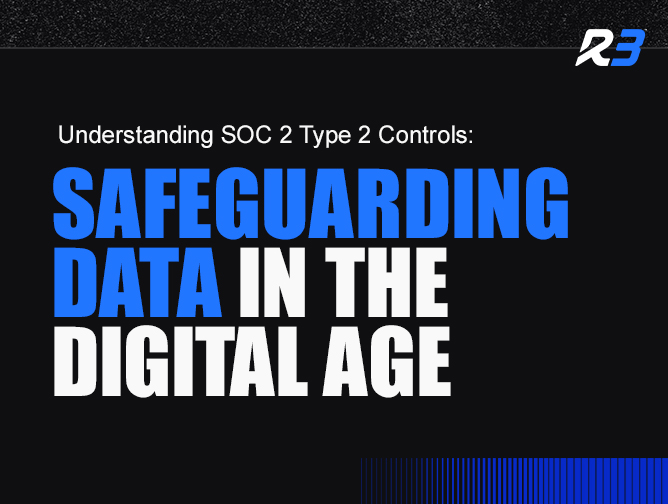
In today’s interconnected world, the protection of sensitive data has become paramount for organizations that handle customer information. Whether you’re a cloud service provider, a data center operator, or a software-as-a-service (SaaS) company, building and maintaining trust is vital. This is where SOC 2 Type 2 controls come into play. In this blog post, we’ll explore what SOC 2 Type 2 controls are, break down their key components, and explain their immense importance in securing data and ensuring customer confidence.
What are SOC 2 Type 2 Controls?
SOC 2 (System and Organization Controls 2) Type 2 is an auditing standard established by the American Institute of Certified Public Accountants (AICPA). It is designed for service organizations to demonstrate their commitment to safeguarding customer data and maintaining strong control environments. SOC 2 Type 2 controls are a set of criteria based on the Trust Services Criteria that evaluate an organization’s controls in five key areas:
- Security: Controls related to safeguarding against unauthorized access and data breaches.
- Availability: Controls to ensure that systems and services are consistently available.
- Processing Integrity: Measures to ensure the accuracy and integrity of data processing.
- Confidentiality: Safeguards to protect sensitive information from unauthorized disclosure.
- Privacy: Controls for handling personal information in compliance with privacy policies and regulations.
Understanding SOC 2 Type 2 Controls
Let’s delve into the specifics of these controls and their significance:
- Security Controls: Security is a top priority for any organization, and it forms the cornerstone of SOC 2 Type 2 controls. The controls within this category encompass access control, data security, security incident response, and monitoring and alerting. Access control measures ensure that only authorized individuals can access sensitive data. Data security controls protect data from theft or unauthorized alterations. Security incident response involves having a plan in place to address security breaches promptly. Monitoring and alerting controls help organizations detect and respond to security events in real-time. These controls are crucial in today’s landscape of cyber threats and data breaches.
- Availability Controls: Availability controls are essential for ensuring that systems and services are accessible when needed. They include measures to minimize downtime, redundancy in critical systems, and disaster recovery planning. In a world where downtime can lead to substantial financial losses and erode trust, these controls help maintain the reliability and availability of services, upholding customer expectations.
- Processing Integrity Controls: Processing integrity controls focus on the accuracy and completeness of data processing. Organizations must implement controls to prevent data errors, unauthorized changes, or inaccuracies in their processes. Change management is another crucial element in this category, ensuring that changes to systems and software occur in a controlled and documented manner. These controls are vital for maintaining data integrity and trustworthiness.
- Confidentiality Controls: Protecting sensitive information from unauthorized access is at the core of confidentiality controls. They encompass information protection, encryption of data, and vendor management. Information protection controls dictate how sensitive data should be handled to prevent disclosure. Encryption safeguards data during transmission and storage. Vendor management controls require organizations to assess the security controls of third-party vendors who have access to customer data. With data breaches and privacy concerns on the rise, confidentiality controls play a pivotal role in building trust with customers.
- Privacy Controls: In an era where privacy regulations like GDPR and CCPA are becoming more prevalent, privacy controls have gained significant importance. They cover areas such as notice and consent, data minimization, data handling and retention, individual access, and disclosure. Notice and consent controls ensure that individuals are informed about how their data will be used and provide consent for its use. Data minimization dictates that only necessary data is collected and retained. Data handling and retention controls ensure data is managed according to policies and legal requirements. Individual access controls provide individuals with the ability to access and correct their personal information. Disclosure controls prevent the unauthorized release of personal information. These controls are crucial not only for compliance with privacy laws but also for respecting individuals’ rights and expectations regarding their data.
The Importance of SOC 2 Type 2 Controls
Now that we understand what SOC 2 Type 2 controls are, let’s explore their significance:
- Customer Trust: SOC 2 Type 2 reports are often requested by customers and business partners of service organizations. By obtaining and maintaining this report, organizations can demonstrate their commitment to data security and privacy. This builds trust with customers, assuring them that their data is in safe hands.
- Competitive Advantage: Having a SOC 2 Type 2 report can provide a competitive edge in the marketplace. It sets you apart as an organization that takes data security seriously and adheres to industry standards.
- Risk Mitigation: Implementing SOC 2 Type 2 controls helps mitigate risks associated with data breaches, system failures, and non-compliance with privacy regulations. This proactive approach reduces the likelihood of costly incidents and legal ramifications.
- Operational Excellence: These controls promote better control environments and operational excellence. They help organizations identify weaknesses in their systems and processes and make necessary improvements.
- Compliance: In today’s regulatory environment, compliance with data protection and privacy regulations is non-negotiable. SOC 2 Type 2 controls align with many of these requirements and provide a structured framework for compliance efforts.
- Efficient Incident Response: Security incident response controls ensure that organizations are well-prepared to handle security incidents. This can significantly reduce the impact of a breach and minimize potential damage to an organization’s reputation.
SOC 2 Type 2 controls are an essential tool for service organizations to demonstrate their commitment to data security, privacy, and operational excellence. These controls encompass critical areas of security, availability, processing integrity, confidentiality, and privacy. By obtaining a SOC 2 Type 2 report, organizations can build trust, gain a competitive advantage, mitigate risks, and ensure compliance with data protection regulations. In today’s digital age, where data is an asset, SOC 2 Type 2 controls play a pivotal role in securing sensitive information and maintaining customer confidence.


